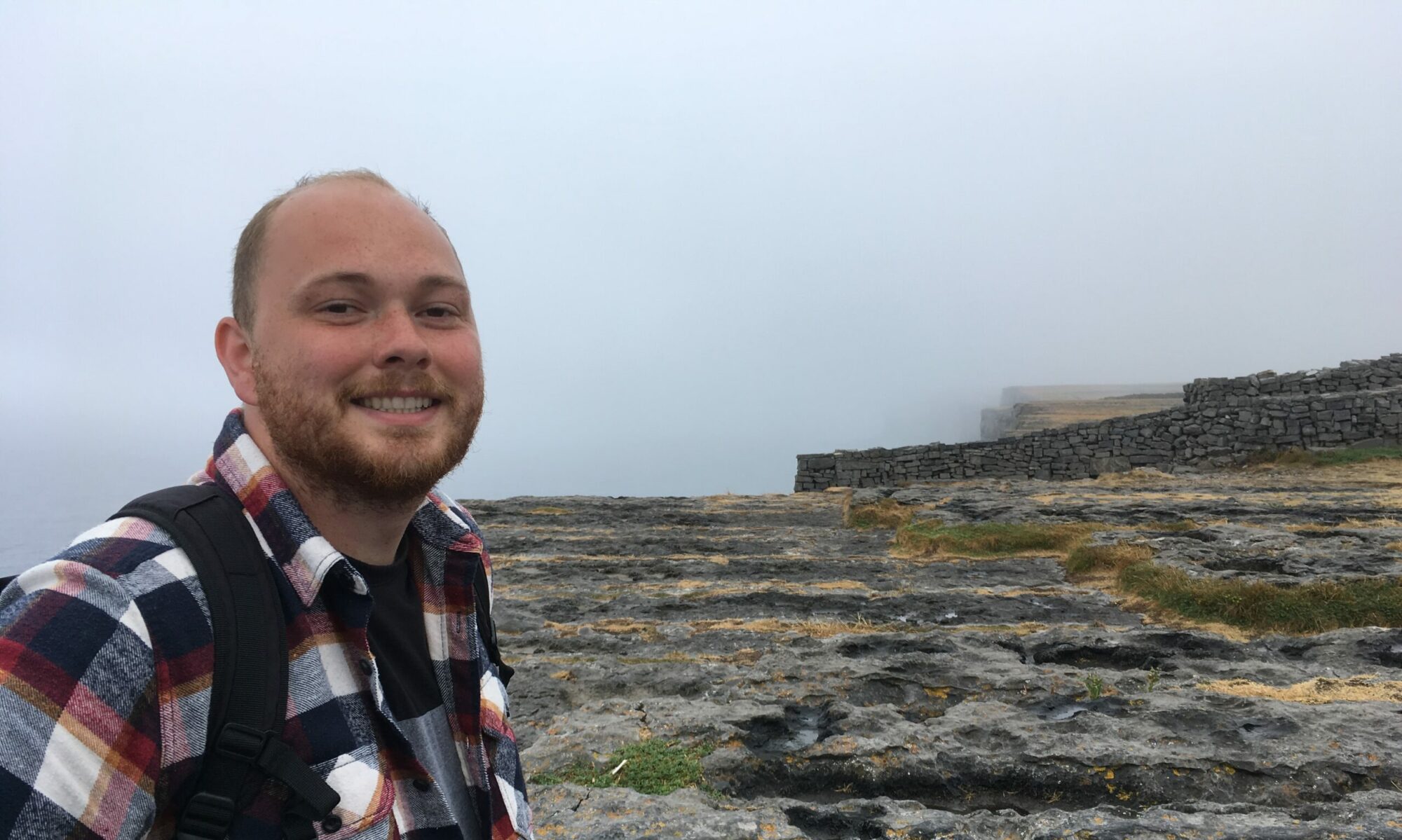This was an assignment for our EDEF 3200 course, Theoretical Frameworks of Education. Using case studies from Hasinoff and Mandzuk’s Case studies in educational foundations : Canadian perspectives, we had to answer a challenging question about the case. It was an interesting assignment that really made us all realize how many challenges teachers can face in their careers.
Response 1:
A stitch in time: Philosophy. How should schools balance the rights of behaviorally disordered students with the rights of their classmates to be safe? Explain why you think so.
The question of how to balance the rights of students with behavioral disorders and their classmates is exceptionally challenging. Students with behavioral disorders and other cognitive and physical diversabilities deserve to be given the same educational opportunities as other students. However, all students have a right to feel safe in the classroom and risks of harm to students should be mitigated as much as possible. The scenario in the case study illustrates some of the contents of the student’s behavioral intervention plan such as being within arm’s length of an adult at all times. However, the adult who was watching him at the time of the incident was busy dealing with another student’s allergic reaction, basically a no-win situation. In an ideal world, schools would have the funding necessary to ensure that all students had the support that they required to allow them to have a complete educational experience. Obviously, that is not and likely never will be the case. The unfortunate reality is that students will not receive equal experiences in school, if a student is at potential risk of harming other students, they must have close and constant adult supervision, and sometimes that means they cannot be a part of the conventional classroom all the time. The safety of our students should always come first. Effort should be made to try and give students with behavioral disorders as much of a classroom experience as possible, if it can be done in a way that ensures the safety of all students.
Response 2: Who’s Language, Who’s Teaching
Implications for practice. What would you do if your teaching load was “topped up” by having to teach a language you didn’t know very well?
The content of this case study can be very controversial and brings up so many important points regarding decolonization and empowering indigenous communities to share their cultural knowledge with their children. There are valid arguments for both sides, I believe all teachers should be properly trained and certified, however I also believe that there would be no better indigenous language teacher than a fluent local elder. If my teaching load was topped up by having to teach a language I didn’t know very well, I can confidently say that I would do my best. Sometimes in life, you are given a task that you may not feel adequately prepared for and you need to rise to the challenge. In the example of teaching indigenous language, I would do my best to learn the language myself and integrate effective language teaching strategies into my class. I would want to invite local elders to come into my class to share their knowledge with my students. I do believe that any of my fellow teacher candidates would try to approach this situation with the highest level of cultural sensitivity, including local indigenous community members as much as possible, while still providing an excellent classroom learning experience. I know most of us would feel overwhelmingly underprepared in this situation, but as effective teachers we would make the most of it and work very hard to teach our students the language to the best of our abilities. This situation would likely invite criticism from some, but as professionals, the best we can do is uphold the high standards of being a teacher and do our job.
